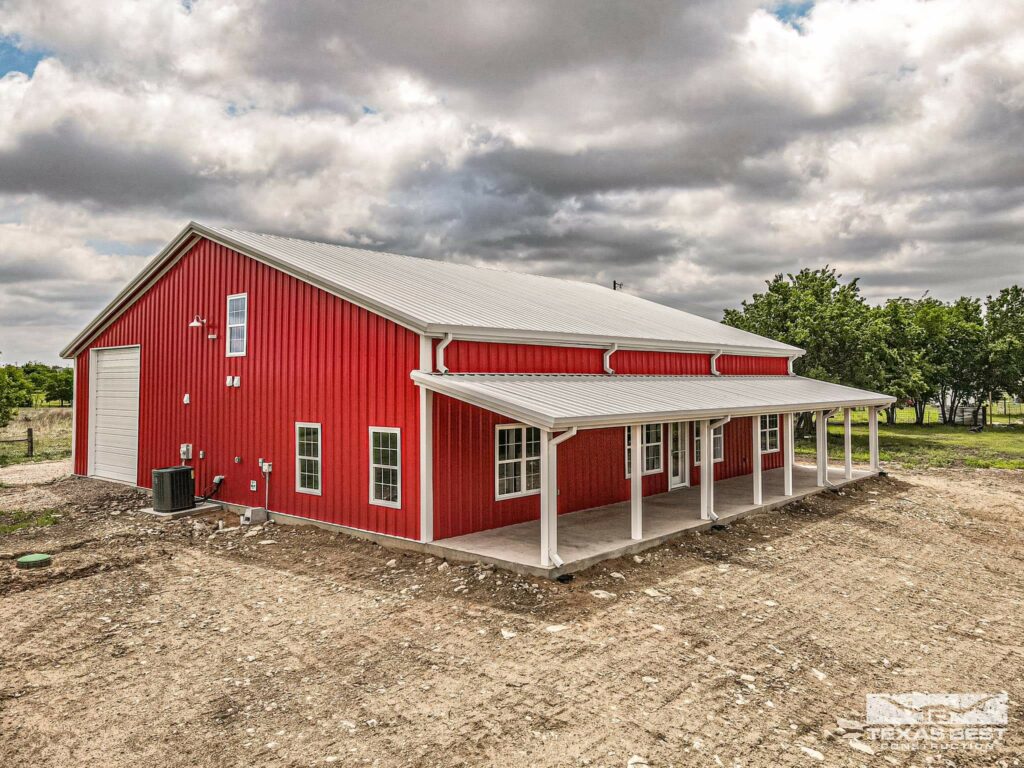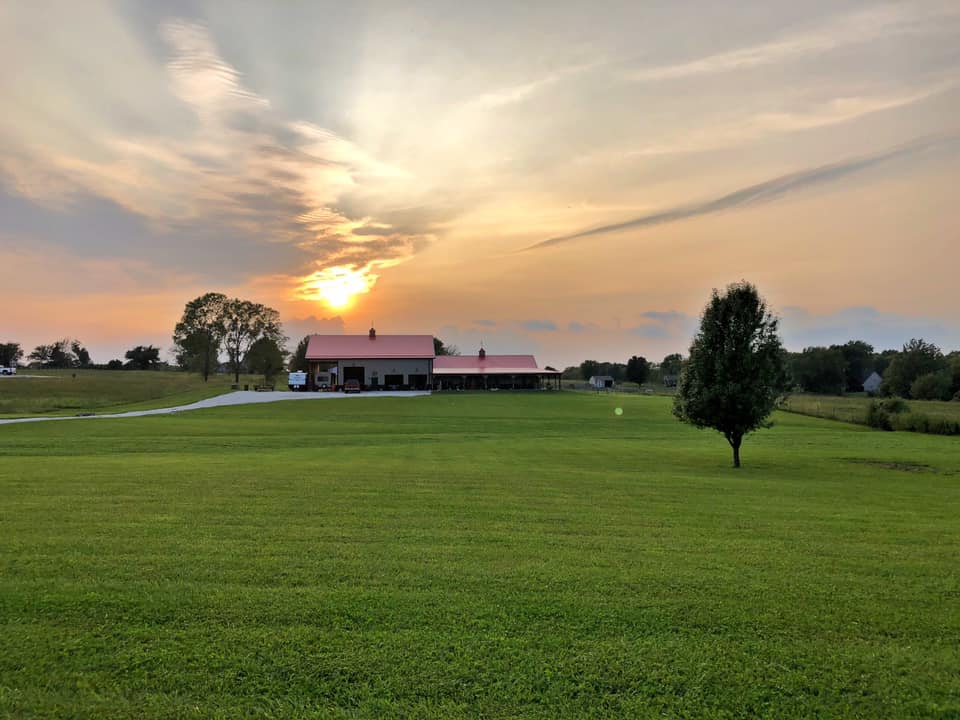
Barndominiums are typically durable structures. However, the stability of a barndominium depends on the quality of construction and the design. You also need to ensure that you pay attention to potential safety concerns, such as corrosion and metal fatigue.
Yet, despite a few concerns, barndominiums are often more resilient compared to standard houses. Most barndominiums feature metal frames and roofing.
To answer the question ‘are barndominiums safe?’ the following article examines the advantages and disadvantages related to the safety and longevity of a barndominium.
Barndominiums Protect Against Strong Winds
When people discuss the safety of barndominiums, they are often concerned about the potential risks of a tornado or a hurricane. Luckily, a barndominium offers enhanced protection against both types of threats.
Barndominiums can withstand winds up to 150 mph without a major risk of damage to the exterior, foundation, or frame. One hundred-mile-an-hour winds may damage the siding and roofing on a standard home while stronger winds may lead to structural damage.
Hurricanes are categorized based on the strength of the sustained winds:
- Category 1 – 74 to 95 mph winds
- Category 2 – 96 to 110 mph winds
- Category 3 – 111 to 129 mph winds
- Category 4 – 130 to 156 mph winds
- Category 5 – 157 mph and higher
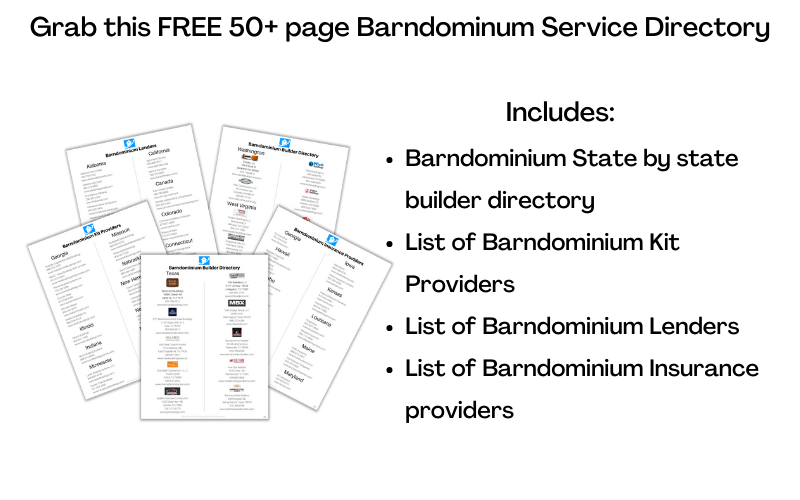
Along with hurricanes, barndominiums provide superior protection against tornadoes. Tornadoes are rated using the Fujita scale:
- F0 – 40 to 72 mph winds
- F1 – 73 to 112 mph winds
- F2 – 113 to 157 mph winds
- F3 – 158 to 206 mph winds
- F4 – 207 to 260 mph winds
- F5 – 261 to 318 mph winds
A barndominium is more likely to survive a category 4 hurricane or an F2 tornado compared to a standard house. While the structure of the barndominium may remain intact, the windows may not.
The design pressure (DP) rating of a window measures its strength. Most residential windows have a DP rating of 15 to 50. A DP 15 window can withstand winds up to 77 mph. Stronger winds may cause the window to shatter. A DP 50 window can withstand winds up to 173 mph.
Along with the risk of windows shattering, you need to worry about damage from debris. An F2 tornado can uproot trees and lift other objects. Flying debris can hit the barndominium with enough force to cause damage.
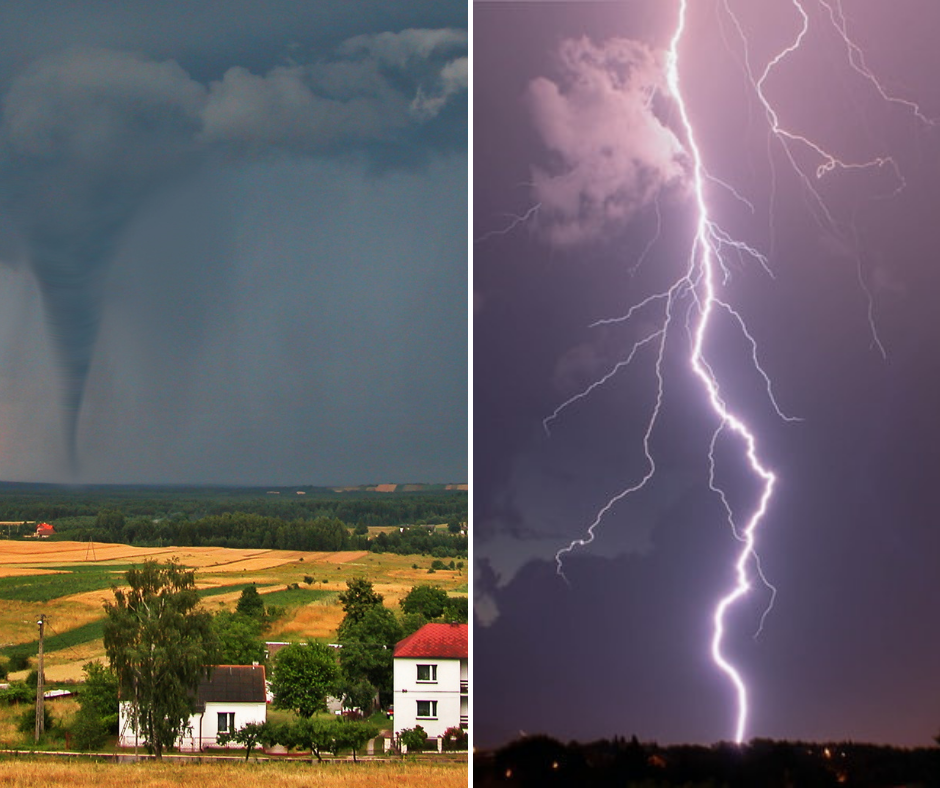
Can Lightning Damage a Barndominium?
This is a question that almost all the time rises up when we wonder- are barndominiums safe?
As barndominiums are often made with metal frames, roofs, and siding, you may worry about lightning. While lightning is rarely a threat to any type of home, barndominiums may offer extra protection.
The metal frame of a barndominium includes large metal posts. The posts are anchored to the foundation and driven deep into the ground, grounding the entire frame and all connected metal. If lightning were to strike the roof or siding, the frame would likely ground the electricity, protecting the rest of the structure.
Barndominium Frames Can Withstand Fire
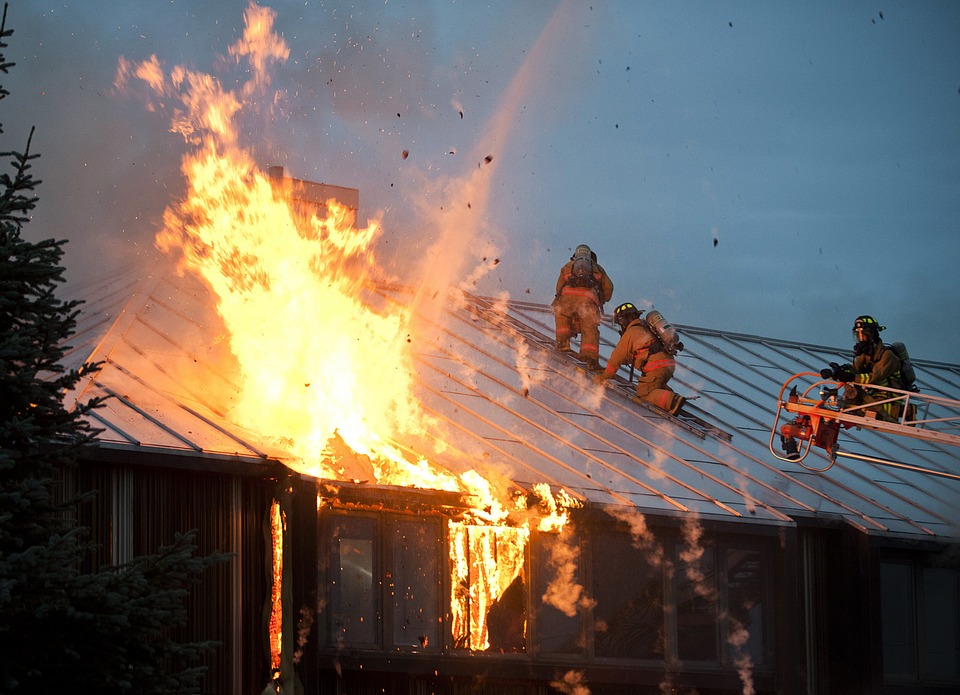
Fire is a concern for all types of homes, including barndominiums. A strong fire can quickly engulf the inside of a home. Within 30 seconds, a small fire can become a life-threatening situation. The drywall may start to burn within a minute, followed by the insulation and the frame.
During a significant fire, the wood frame of an older home may collapse within 20 minutes. The wood structure of a modern traditional house may fail within just six minutes.
Barndominiums typically have steel frames. Steel starts to melt at temperatures of 2,500 degrees Fahrenheit and weakens at temperatures of 500 degrees Fahrenheit. House fires can reach temperatures of 1,100 degrees Fahrenheit, which is enough to weaken the steel frame. However, a steel frame can still outlast a wood frame.
How to Keep Your Barndominium Safe
Are barndominiums safe? While the answer is ‘yes, barndominiums are safe’ yet, you can take extra steps to increase the protection of your steel home:
- Protect against corrosion
- Install impact-resistant windows
- Use hurricane shutters
- Install a roof with a gentle slope
- Install fire-retardant insulation
- Clear trees and debris
Along with these steps, you should also work with an experienced contractor or building company when constructing your barndominium. While building yourself is tempting, hiring professionals helps ensure that the foundation and frame are properly set.
Monitor Your Barndominium for Corrosion
Corrosion is one of the biggest threats to the safety of your barndominium. Corrosion occurs when metal is exposed to water and oxygen. Leaks and condensation inside the walls may gradually corrode the steel frame, weakening the structural integrity of your barndominium.
Barndominiums typically include several features to help protect against moisture. The exterior metal elements, including the siding and roofing, are typically galvanized to reduce the risk of corrosion.
The gutters and downspouts are also designed to help divert rainwater away from the barndominium. However, the gutter system can also become clogged with leaves and debris. Clogged gutters allow rainwater to drain along the sides of the barndominium and collect around the foundation.
Pools of water around the foundation erode the soil and increase the risk of exposing the metal frame to moisture. Regularly clean your gutters.
You can also check your gutters using a garden hose. Spray water into one end of the gutters. Watch the flow of water. If water does not flow through the downspouts or drips down the sides of the barndominium, you likely have clogged gutters.
If the soil around the foundation starts to erode, add topsoil to increase the grading (slope). Add grass, rock, or mulch to protect against future erosion.
Install Impact-Resistant Windows
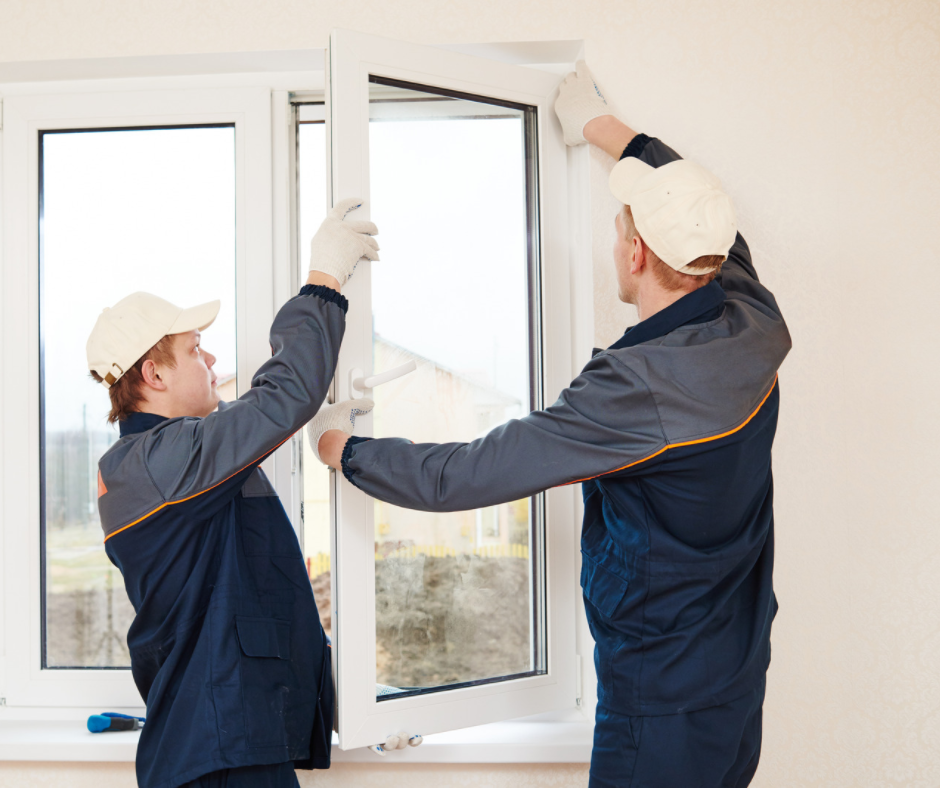
As mentioned, the windows of a barndominium may shatter from strong winds. A DP 50 impact-resistant window provides optimal protection, as it can withstand hurricane-strength winds and minor tornadoes.
Impact-resistant windows are typically made with two panes of glass. Both panes are made with shatter-resistant glass. If debris or strong wind shatters one layer, the second layer may remain.
Impact-resistant windows are also often built with metal frames. Metal frames cost a little more compared to wood or vinyl frames. Yet, metal window frames are stronger and tend to last longer.
Installing hurricane shutters is another solution for protecting windows from severe weather. When you anticipate a storm, you can close the shutters to shield the windows.
Depending on where you build your barndominium, you may need hurricane shutters. In Florida, homes built after 2001 need hurricane shutters or storm windows.
Install a Roof with a Gentle Slope
Roofs with taller pitches are more prone to damage during strong winds. While the metal roof of a barndominium provides more protection against strong winds compared to an asphalt roof, a taller pitch increases the risk of damage. A lower pitch allows more of the wind to pass over the roof while a taller pitch creates resistance.
Experts recommend that the roof has a slope of 30-degrees or less for increased wind protection. A 30-degree slope is equal to a 7/12 roof pitch, which is common for residential properties but a little tall for the typical barndominium.
Most barndominiums include gable roofs with a pitch of 3/12 to 5/12. However, if you live in a region that receives a lot of snow, you may want a slightly taller roof. A taller pitch helps shed snow to keep it from building up on top of the roof.
Install Fire-Retardant Insulation
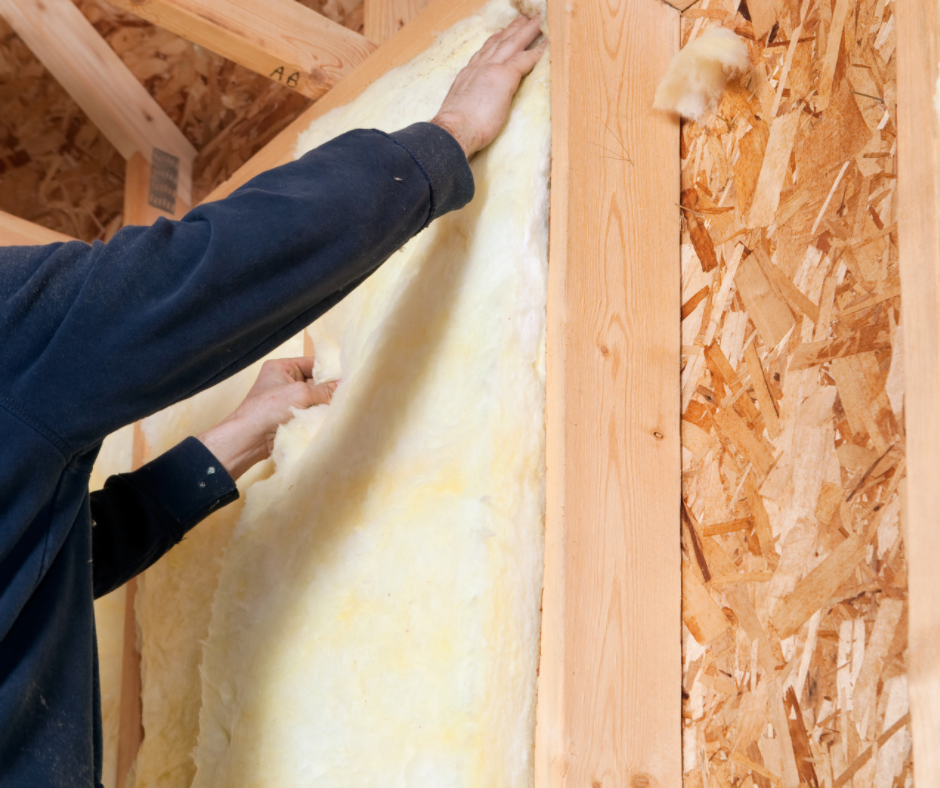
Fire can quickly tear through drywall and reach the wall cavities of a barndominium or standard house. As barndominiums have deeper wall cavities, you can add extra insulation. Choosing the right type of insulation can improve the fire resistance of your home.
Fiberglass provides the best fire resistance, as it is made with glass and plastic polymers. It is available in boards and rolls (batts). However, batt insulation also typically includes paper or foil backing that can burn easily.
Spray foam insulation can also increase the fire resistance of your walls. Foam insulation creates a thermal barrier that helps prevent the spread of flames and heat inside the walls. You can also choose spray foam products with added fire-resistant polymers. Instead of burning within minutes, spray foam insulation may smolder for hours.
Clear Trees and Debris Around Your Barndominium
So we ask, are barndominiums safe? The safety of barndominiums does not only depend on their structure. Trees and nearby structures pose a major concern during strong hurricanes and tornadoes. Strong winds can send objects flying across the yard and into your barndominium. Despite the increased protection provided by a metal frame, a tree or other large object can easily damage the side of your barndominium.
Clearing the area around your barndominium decreases the risk of damage from debris during a storm. Remove trees around your property and avoid leaving large equipment outdoors.
You can also find many barndominium designs with attached garages or workshops. The metal frame can easily be designed to accommodate a living space and a garage or workshop for storing equipment.
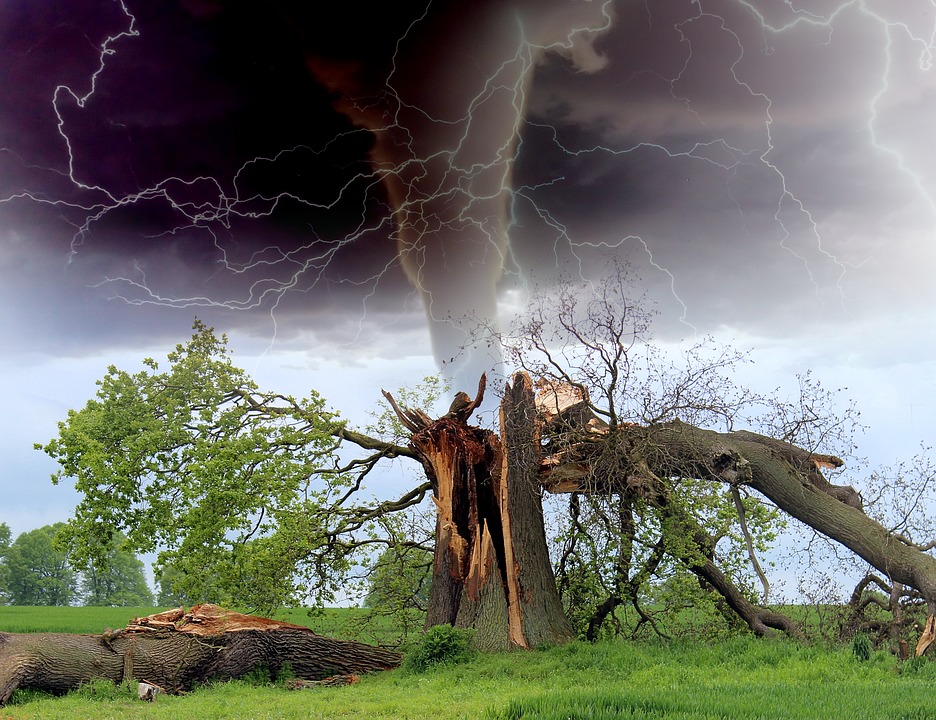
Summary: Are Barndominiums Safe?
Living in a barndominium may provide superior protection against severe weather compared to living in a traditional house. The metal frame of the typical barndominium can withstand strong winds and impact damage compared to a wood frame.
Yet, the strength of your barndominium depends on many factors. You need to ensure that the barndominium is constructed properly. A strong frame and foundation are your best defense against hurricanes, tornadoes, and other threats.
You can also increase the strength of your barndominium. Monitor for signs of corrosion and install impact-resistant windows and fire-retardant insulation.
Building a barndominium costs less than a regular home and paying a little more to ensure your barndominium lasts its lifetime is a small price and is very well worth it. And when planning to build, it is crucial to include financing in your planning depending on your the budget, and more importantly, secure your barndominium insurance.
